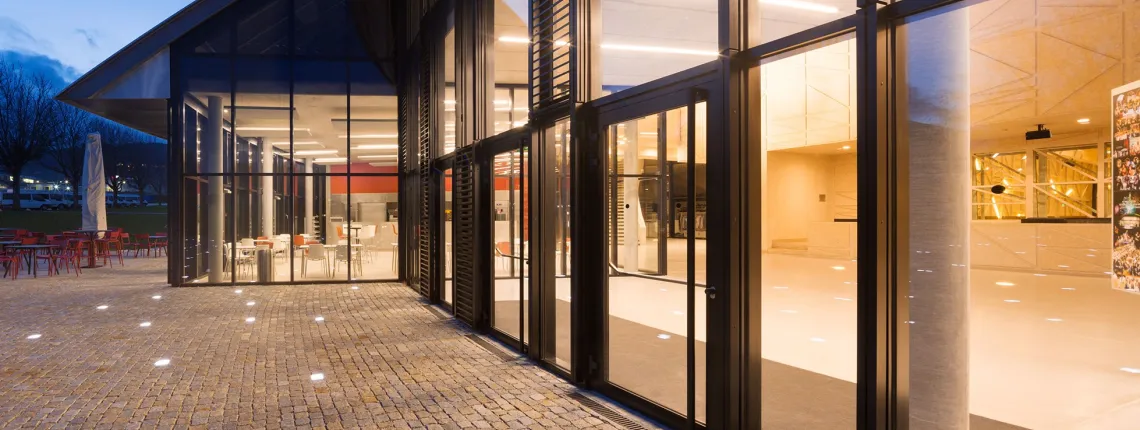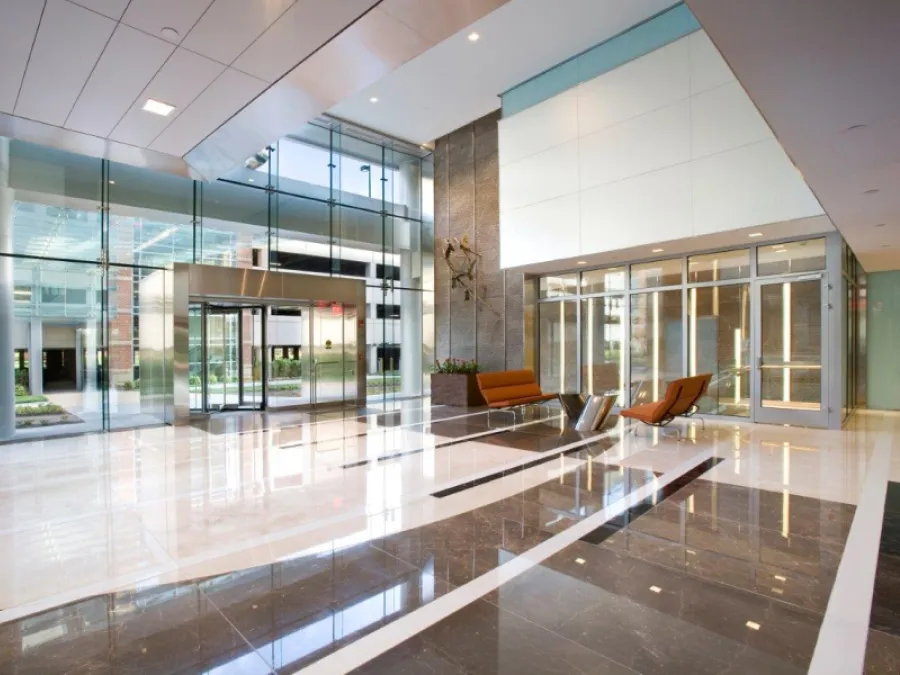Core Elements of Fire Protection and the Principle of Redundancy

As cities across the UAE continue to expand, the risks linked to fire incidents are becoming increasingly critical. Recent fires in public spaces, hospitals, and commercial zones have underscored how neglecting fire safety can lead to severe consequences. Many urban buildings still rely on outdated fire protection systems, lack clear fire exits, and fail to comply with essential codes as per UAE Fire and Life Safety Code.
Three Core Elements of Fire Safety
Protecting people and property goes far beyond having a few extinguishers in place. True fire protection involves a holistic plan that ensures detection, suppression, containment, and safe evacuation in case of an emergency.
The three essential elements of fire safety are Active Fire Protection (AFP), Passive Fire Protection (PFP), and Training & Education. Together, they form a strong, redundant system that defends against unpredictable fire hazards.
Active Fire Protection (AFP)
Active Fire Protection involves the systems and equipment that activate when a fire occurs including fire alarms, sprinklers, pumps, emergency lighting, and extinguishers. These are the first responders inside a building, alerting occupants and slowing down fire progression.
However, relying solely on active systems can be risky. A sprinkler may fail due to corrosion, freezing, or lack of maintenance. Similarly, wiring issues can render fire alarms ineffective. That’s why, the most effective approach is redundancy, pairing active systems with passive fire protection to create overlapping layers of defense.
Passive Fire Protection (PFP)
Passive Fire Protection focuses on construction methods and fire-resistant materials that control the spread of flames, smoke, and heat. Its goal is to compartmentalize fire within one area, preventing it from reaching other zones and allowing more time for safe evacuation.
Elements like fire-rated partitions, fire-rated doors, fire-rated glass, and fire-rated glazing systems are essential. They serve as protective barriers that maintain building integrity. In line with the UAE Fire and Life Safety Code, these passive measures along with smoke containment barriers and fire-rated windows ensure that a structure remains stable during a fire event.
Even small architectural components such as vision panel doors and fire-rated glass partitions support effective fire compartmentalization, helping keep escape routes clear.
When combined, active and passive fire protection systems form a comprehensive network of safety that safeguards both lives and assets.
Training and Education in Fire Safety
A well-designed system is only effective if people know how to use it. That’s where training and education come in. Everyone from architects and builders to building operators and occupants must be familiar with fire and safety requirements as outlined in the building fire code.
Regular fire drills, awareness sessions, and ongoing education ensure that when an emergency occurs, the response is swift and structured. Proper training transforms compliance into confidence, helping everyone act decisively under pressure.
The Importance of Redundancy in Fire Protection
When it comes to fire protection, redundancy is essential, which means using both Active Fire Protection (AFP) and Passive Fire Protection (PFP) systems to create a reliable safety net.
While sprinklers, alarms, and pumps are crucial, fire-rated doors, fire-rated partitions, and fire-resistant materials provide an added layer of containment. According to the National Fire Protection Association (NFPA), a percentage of sprinklers fail to operate due to human or mechanical error, highlighting why redundant systems are vital.
The UAE Fire Code recommends integrating both methods to ensure full building coverage. While sprinklers are a valuable addition to any fire safety plan, they shouldn’t replace passive fire protection. The best approach is to combine both active and passive systems to create a stronger, more dependable defence against fire.

The Role of Glass in Fire Protection
In modern architecture, glass blends beauty with performance. However, not all glass offers fire resistance. Fire-rated glass is specifically engineered to contain flames, smoke, and heat making it a key safety element in commercial spaces.
These fire-rated glazing systems allow architects to create open, light-filled spaces while maintaining strict safety compliance. Whether installed in hospitals, offices, or residential towers, fire-resistant glass adds both protection and elegance.
By choosing materials that meet the required fire rating, designers can ensure safety without sacrificing aesthetics or natural light.
Challenges in Fire Safety: Bridging the Gap
There is often a gap between fire safety regulations and the actual condition of fire protection systems in buildings, and this is frequently due to a lack of awareness or knowledge. Many buildings, especially older ones, either lack the necessary fire protection systems or have components that don't meet local or international standards.
Take the fire-rated glass, for instance. It’s a standard feature in many modern buildings, but older structures might not include this vital protection. Without it, these buildings are more vulnerable in the event of a fire, which could lead to severe consequences.
This highlights the importance of not just meeting basic building regulations but also going beyond them by implementing innovative fire protection solutions.
A Unified Approach to Fire Protection
As urban development continues to surge, fire safety must evolve to meet the growing risks of high-rise buildings and crowded spaces. Combining both Active Fire Protection (AFP) and Passive Fire Protection (PFP) is crucial to creating a more reliable and comprehensive safety strategy.
Training, redundancy, and innovative materials like fire-rated glass further enhances safety, ensuring buildings are not only compliant but equipped to handle the worst-case scenarios. To truly safeguard lives and property, we must bridge the gap between outdated practices and modern fire protection solutions.
By prioritising a layered approach that integrates both active and passive systems, we can create environments where safety isn’t just a requirement; it’s a built-in promise.
